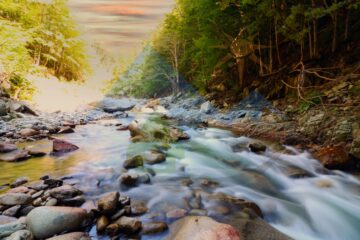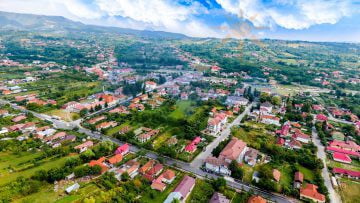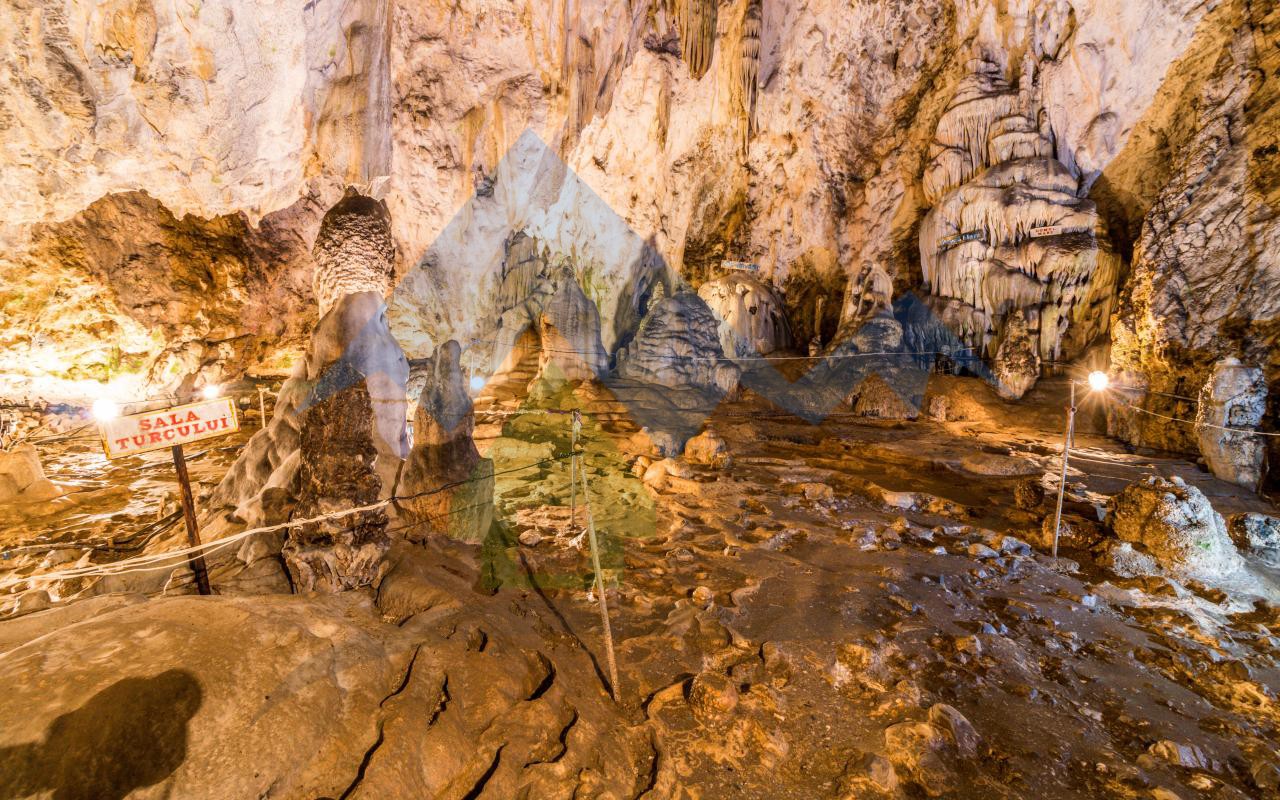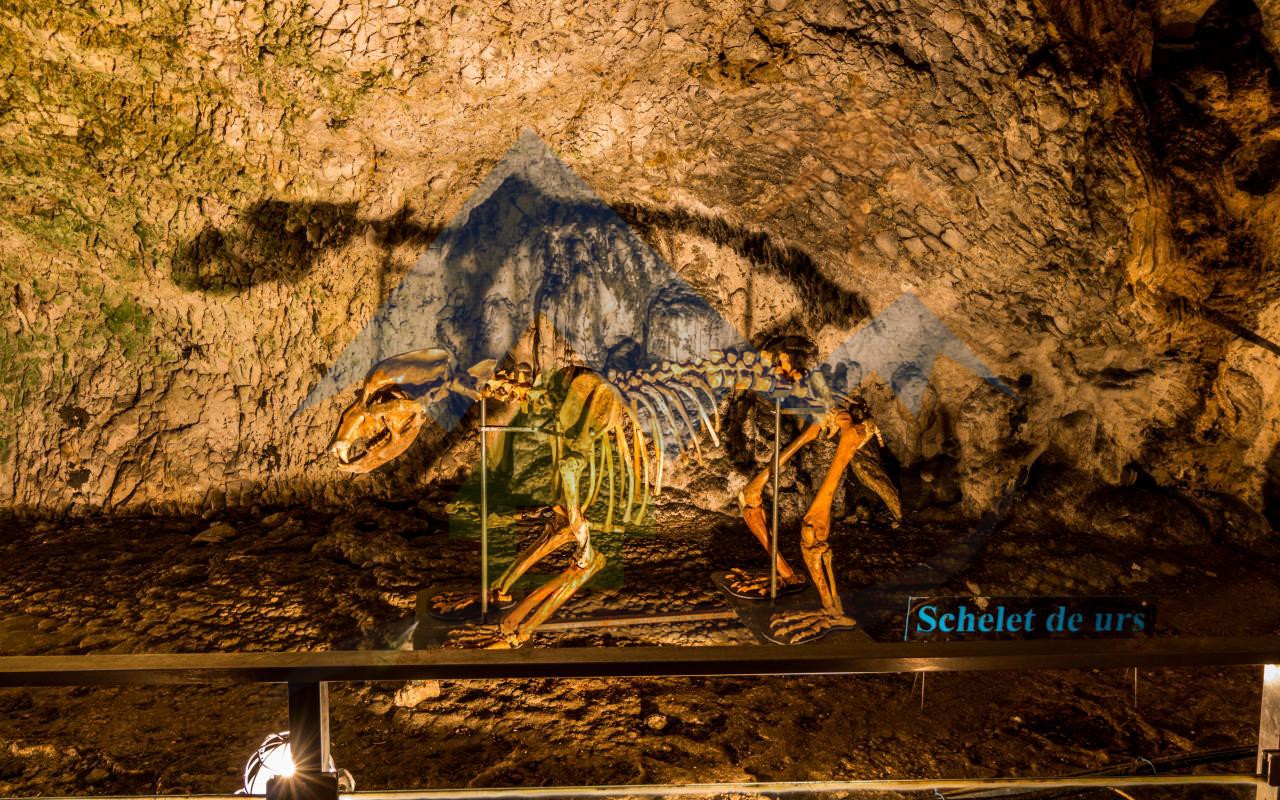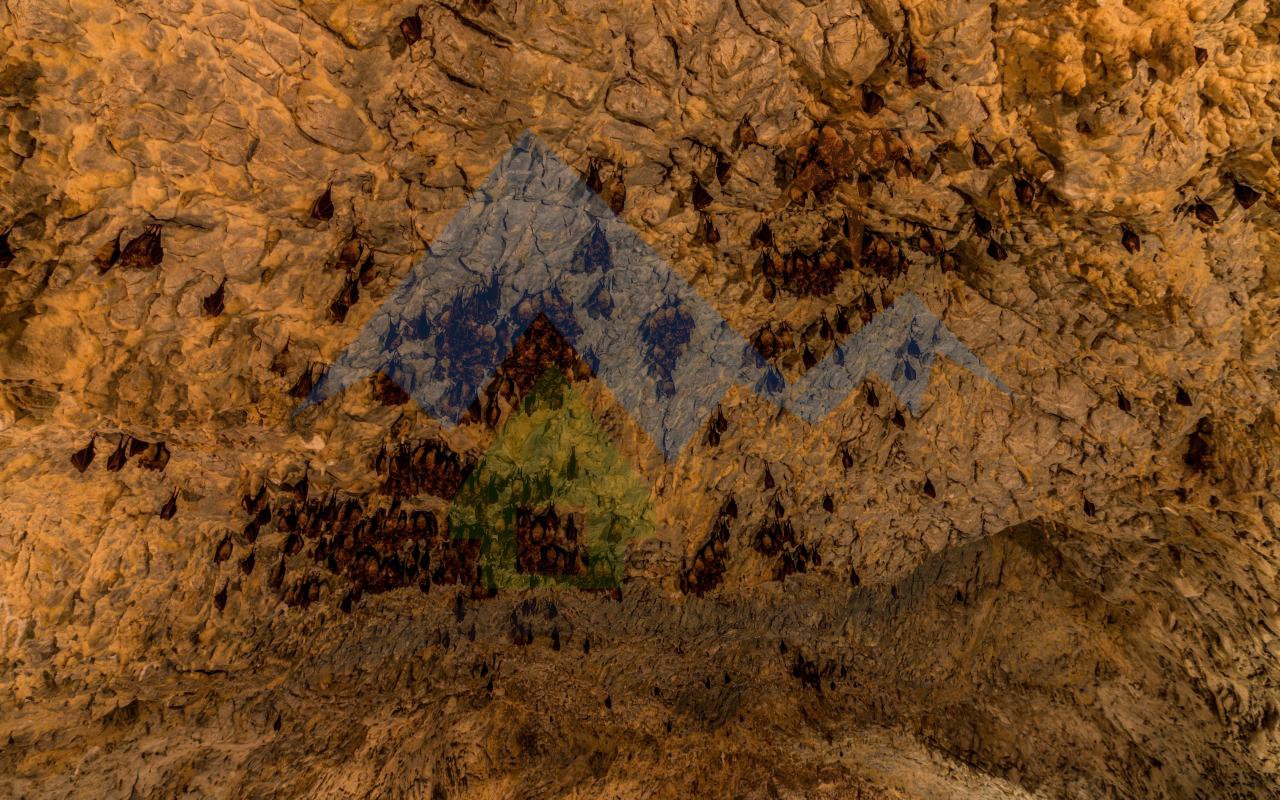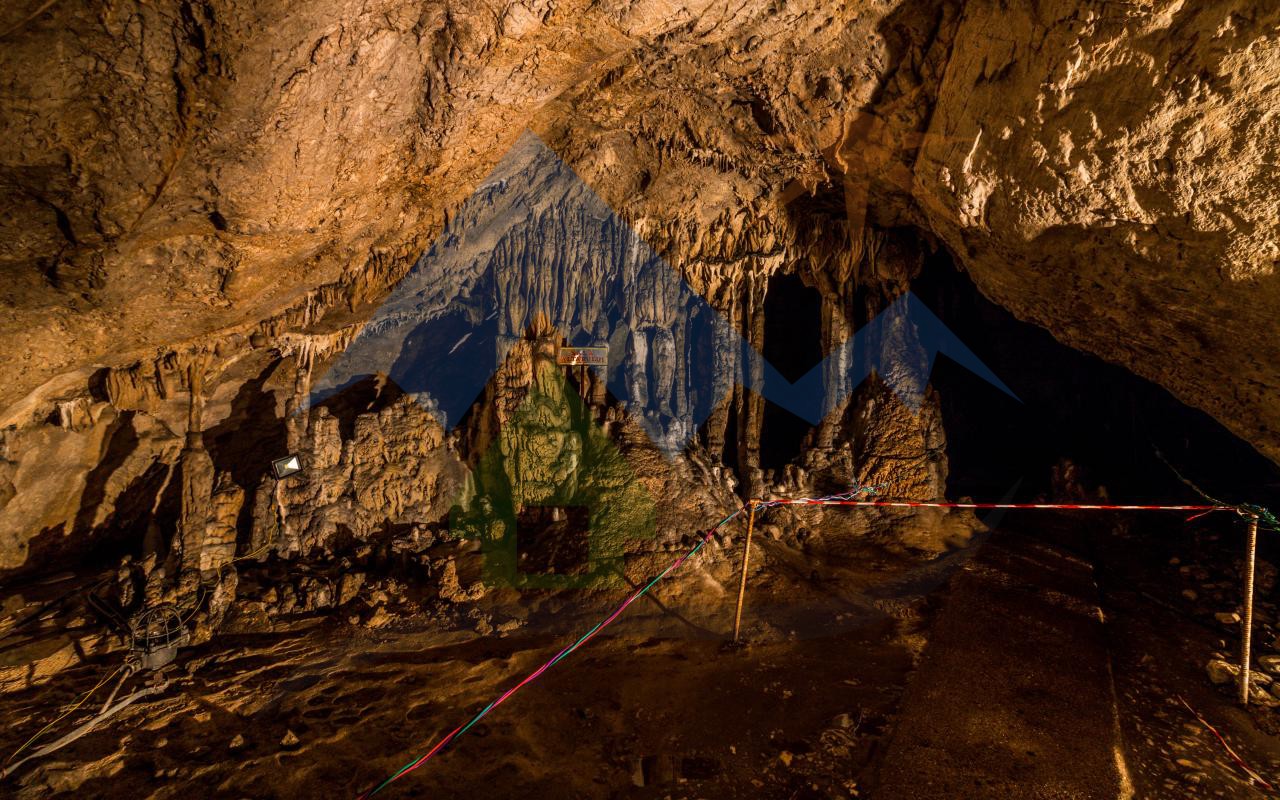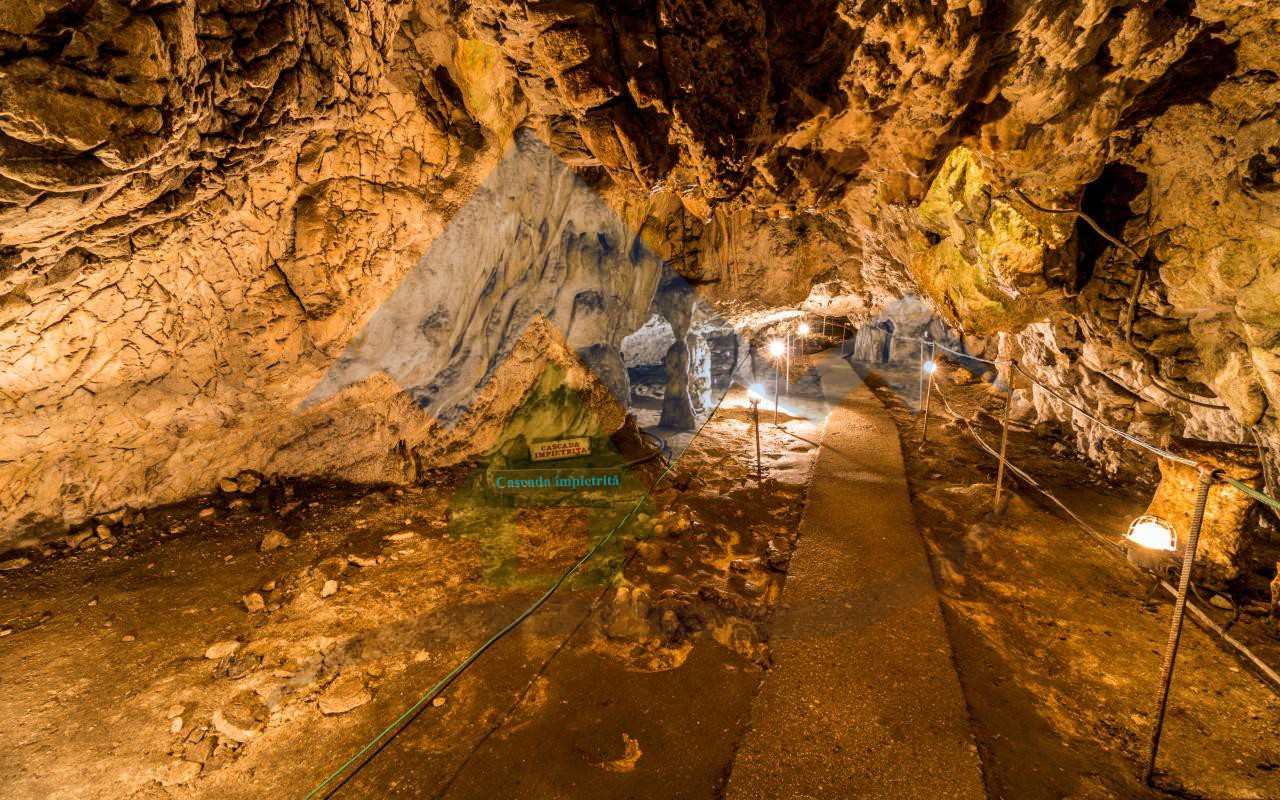Ženska špilja, najposjećenije speleološko mjesto u Rumunjskoj
The Women’s Cave (Peștera Muierilor) is Romania’s most popular speleological site, known for its stunning limestone formations. Visitors can marvel at the impressive stalagmites, stalactites, and columns that hang from the cave’s ceiling or rise from the ground up. Some of these formations are so old that they have fused together, creating towering pillars that stretch all the way to the ceiling.
Located in the Baia de Fier resort in Gorj County, The Women’s Cave was the first cave in Romania to be electrified, making it a popular tourist destination. The cave was carved out of rock by the rushing waters of a river that flows through the center of the resort.
Although the cave is situated 40 meters above the valley floor, only the upper level is open to visitors. The 940-meter-long horizontal gallery is electrified and has been designed for visitors to traverse the full width of the limestone band. The cave also features a network of difficult-to-access diverticula, bringing its total length to 1,228 meters.
Some of the most striking galleries in the cave include the Gallery of Electricians, the Altar Room, the Tourist Gallery, the Turkish Room, the Gallery of Wonders, the Guano Room, and the Musterian Gallery. In addition to these impressive formations, the cave is famous for the discovery of early modern human fossils (about 35,000 years old), Paleolithic artifacts, and numerous fossils of cave bears, cave lions, hyenas, wolves, and herbivores that inhabited the region about 40,000 years ago. These remains are on display in one of the cave’s galleries.
In the colder months of the year, lucky visitors may also spot a large number of bats from four different species that congregate in the cave. They take refuge in the constant temperature of 9-12oC and darkness.
The cave’s name, “Peștera Muierilor,” is supported by two legends. According to one legend, in the past, when able-bodied men went to defend the country from invaders, women hurriedly took their children and elderly to seek shelter in the cave, which only they knew about, where they hid until the danger passed. The second version claims that the cave’s name came from the fact that, on dry summer days, women would sit and spin at the southern mouth of the cave, where the air rushing out of the interior would relieve them of their spinning work. They would often venture inside, where they would soak flax and hemp in the water pools.
Overall, The Women’s Cave is a must-visit destination for anyone interested in speleology or the prehistoric history of Romania.

